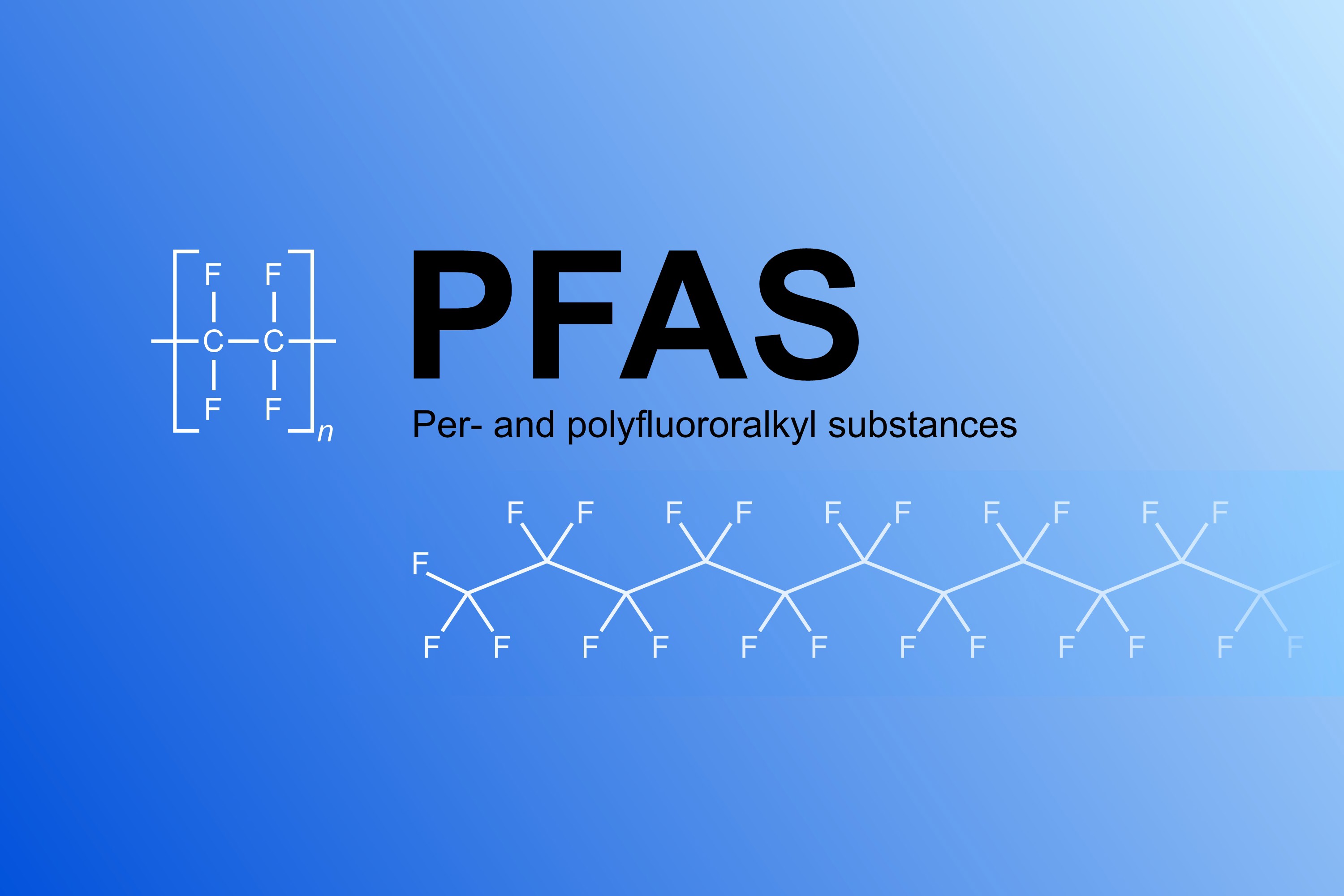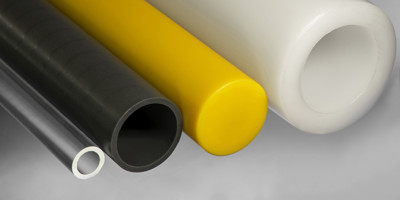Fluoropolymers and the PFAS ban

Per- and polyfluoroalkyl substances (PFAS) are used in countless forms and applications. The carbon-fluorine bonds are very difficult to break down and can accumulate in the environment, in drinking water and in food. For this reason, international efforts are being made to ban PFAS. [1]
Fluoropolymers (PTFE, PVDF, PFA, etc.) are widely used in a wide range of applications due to their outstanding properties such as chemical and thermal stability, non-stick properties, excellent mechanical properties and biocompatibility. Fluoropolymers are of great importance in e-mobility (batteries), renewable energy, semiconductors, chemistry, electronics, medicine and pharmaceuticals and many other areas. Without these plastics, certain applications in these areas would be inconceivable. [2,3]
The PFAS group comprises thousands of different molecules, which can be categorised according to their molecular weight, i.e. chain length. While short-chain PFAS can occur as a gas or liquid, long-chain PFAS are present as solids such as fluoropolymers. [4,5]
Fluoropolymers are chemically, biologically and thermally stable and non-toxic. As a result, 96 % of the fluoropolymers used are categorised as a product of low concern (PLC) and pose no significant risk to nature or humans. [2]
The risks associated with fluoropolymers lie in their production, i.e. in the polymerisation of monomers into long-chain molecules. During this phase, care must be taken to ensure that no PFAS can enter the environment. Fluoropolymers can be returned to the cycle after the end of life (EOL) of the products by recycling or a route must be chosen that does not pollute the environment. [3]
In the USA, the UK, China and Japan, fluoropolymers are excluded from the PFAS to be banned. The European Chemicals Agency (ECHA) has not yet made this distinction or excluded fluoropolymers from the PFAS ban list. More than 3,500 companies and organisations have objected to the ECHA's restriction proposal, among other things with the aim of excluding fluoropolymers, which are essential for many industries. [3,5]
Europe, and therefore also Switzerland, has a great deal of expertise and added value in the field of fluoropolymers. KUNDERT also processes a wide range of plastics, such as PTFE and PVDF, which would be directly affected by such a ban and supplies them to a wide range of industries. Manufacturers of fluoroplastics are working hard on alternative materials, but so far with moderate success. There are still simply no alternative materials available in many areas. A comprehensive ban on PFAS, as currently envisaged by the EU, would therefore lead to the disappearance of important economic sectors from Europe and further increase global dependence on Asia and the USA. [3]
Sources and further information
[1] ECHA European Chemical Agency. Perfluoralkylchemikalien (PFAS). https://echa.europa.eu/de/hot-... (Zugriff: 26.03.2024)
[2] Plastics Europe, Fluoropolymer Product Group. Why are fluoropolymers safe? https://fluoropolymers.eu/fluo... (Zugriff: 26.03.2024)
[3] pro-K Industrieverband langlebige Kunststoffprodukte und Mehrwegsysteme e. V. Über den aktuellen Stand des Vorschlags zur Beschränkung von PFAS: Schwerpunkt Fluorpolymere, Dr. Michael Schlipf, 24. November 2023. https://www.pro-kunststoff.de/... (Zugriff: 26.03.2024)
[4] Bundesministerium für Umwelt, Naturschutz, nukleare Sicherheit und Verbraucherschutz. Per- und polyfluorierte Chemikalien (PFAS). https://www.bmuv.de/faqs/per-u.... (Zugriff: 26.03.2024)
[5] Schlütersche Fachmedien GmbH, K Zeitung. Fluorpolymere raus aus dem PFAS-Verbot. https://www.k-zeitung.de/fluor... (Zugriff: 26.03.2024)


